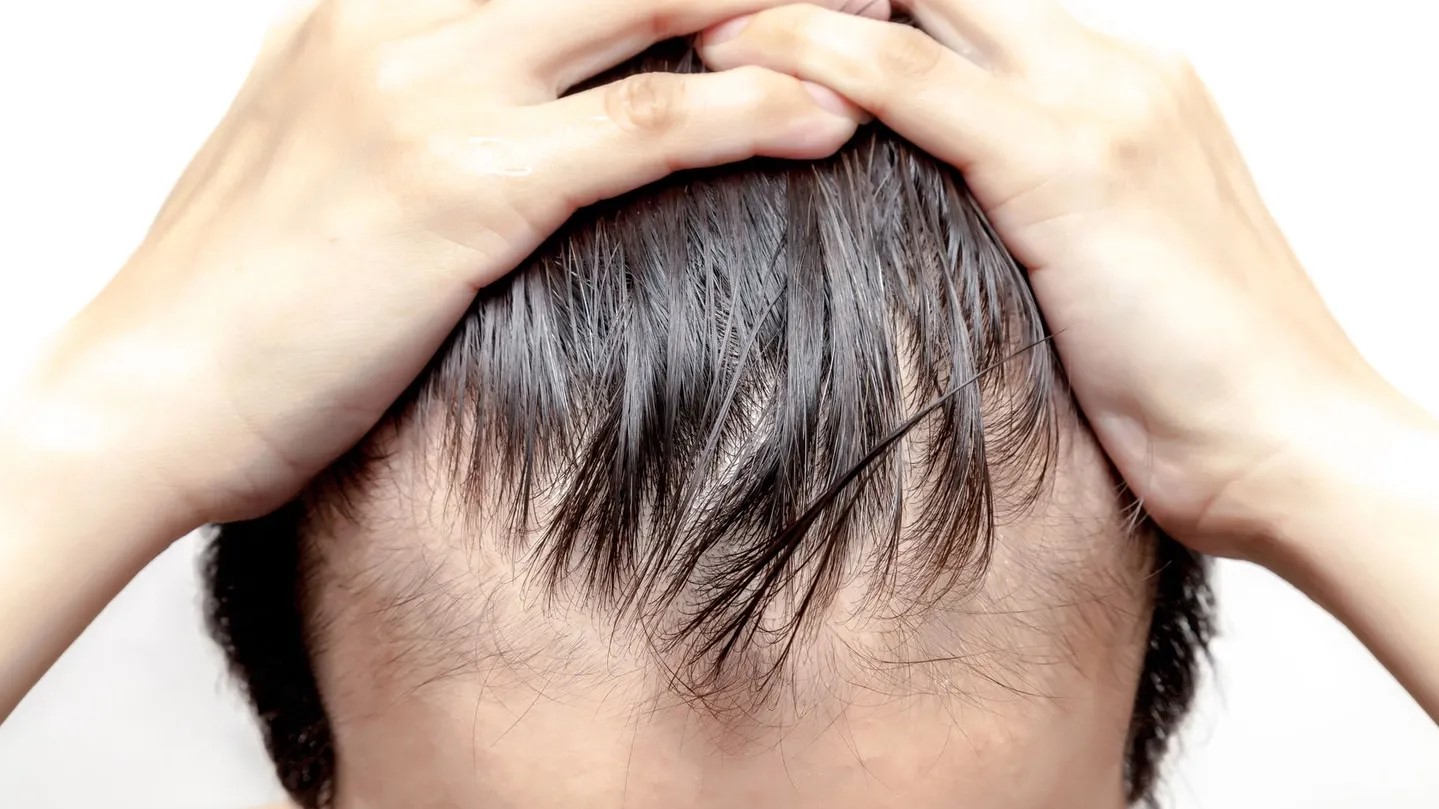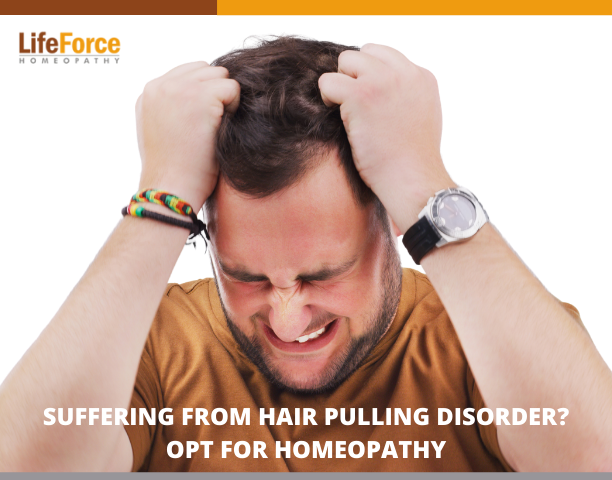Trichotillomania Hair Pulling: What It Is, Causes & Treatment
Table Of Content

You may do both automatic and focused hair pulling, depending on the situation and your mood. Certain positions or activities may trigger pulling out hair, such as resting your head on your hand or brushing your hair. According to Agbai, genetics, hormonal shifts, stress, underlying medical conditions, nutritional deficiencies, and scalp inflammation are notable factors. Losing your hair can be a distressing experience, but you’re not alone. Trichotillomania falls under a category of disorders called Body-Focused Repetitive Behaviors (BFRBs), yet it is often misdiagnosed as other conditions. The most common misdiagnosis is OCD, followed closely by Body Dysmorphic Disorder (BDD) and to some extent Non-suicidal Self-Injury (NSSI).
Trichotillomania (hair pulling disorder)
CBT goes hand in hand with HRT but is a deeper dive into the thoughts behind a person’s hair-pulling. Take control of your life and find freedom from hair pulling through professional therapy and evidence-based behavioral techniques. When a person injures themselves without suicidal intent, it is called non-suicidal self-injury (NSSI) and often includes cutting, burning, or scratching.
Literally Pulling Out Your Hair? Trichotillomania May Be to Blame
When you look for a therapist, find an expert in body-focused repetitive behaviors (BFRBs). BFRB experts know how to assess for behaviors and triggers, and they stay informed on the latest evidence-based treatment practices. They also understand that everyone experiences trich differently and can lead you through the process of increasing your awareness and identifying individualized treatment options. There are times when pulling occurs in a goal-directed manner and also in an automatic manner in which the individual is less aware. Many individuals report noticeable sensations before, during, and after pulling. A wide range of emotions, spanning from boredom to anxiety, frustration, and depression can affect hair pulling, as can thoughts, beliefs, and values.
What are the effects of trichotillomania?
Doctors do not diagnose many cases of trichotillomania, which means there is very little information on effective treatments available. For example, you might focus on using a fidget toy or stress ball instead of pulling your hair. If you have a family member with trichotillomania, you may be more likely to have the condition. Also, 83% of participants reported anxiety, and 70% reported depression due to pulling.
Diagnosing TTM involves a combination of a physical exam, where your healthcare provider looks for visible signs of the condition. They'll also ask questions about your health history, current circumstances and anything else that might have a connection to a medical problem. If not treated, symptoms may come and go for weeks, months or years at a time. For example, hormone changes during the menstrual period can worsen symptoms in some females. This can cause a lot of distress and can affect your work, school and social life.

In some cases, BDD can result in excessive hair pulling, but the goal of the behavior is to correct the perceived defect. Studies using brain imaging show people with trich have structural brain abnormalities in the lenticulate and the volume of the left putamen. The lenticulate is part of the caudate nucleus of the brain which plays a role in the way the brain learns and regulates the control of impulses between the thalamus and orbitofrontal cortex. Malfunctions in this part of the brain would limit a person’s ability to interrupt worries, obsessions, and compulsions. The left putamen is a part of the brain involved in movement and learning.
Excoriation Disorder (Skin Picking or Dermatillomania)
'I pluck the hair from my scalp like a trophy': Living with trichotillomania - The Independent
'I pluck the hair from my scalp like a trophy': Living with trichotillomania.
Posted: Sat, 26 Mar 2022 07:00:00 GMT [source]
In some cases, people engage in “rituals” after pulling, such as rolling the hair between their fingers, touching it to their lips or face, or inspecting the end to look at the root. Other people with trichotillomania eat their pulled hairs, a condition known as trichophagia. While the exact prevalence of trichophagia is not well understood, some studies estimate it occurs in 20 to 30 percent of those with trichotillomania. Trichophagia can be dangerous or even deadly, as it can result in the development of hairballs that obstruct the intestines.
The numbers may not be accurate due to the strong negative stigma attached to the disorder. However, prevalence numbers may increase because of the medical community’s increased knowledge and reduction of the stigma surrounding the disorder. The numbers change not because more people have the disorder, but because people are no longer afraid to seek help. Physical effects such as pruritus, tissue damage, infection, and repetitive motion injuries to the muscles or joints are not uncommon.
The cause of trichotillomania has yet to be determined by the medical field, but there are some theories based in neuroscience. A cause is a physical or environmental determinant of a disorder, something that is directly connected with the disorder. Some people who pull out their hair engage in secondary behaviors such as eating the hair or running it over the skin. For others, their BFRBs wax and wane, with periods of no picking, pulling, or biting. For some, they are able to regulate and stop their behaviors completely. Medications used for OCD and other anxiety disorders have been tested on subjects with BFRBs with limited success.
It might also help you feel in control during stressful situations. Most commonly, people with trichotillomania pull out hair from their scalp. They may also pull out their eyelashes, eyebrows, facial hair (like beards or mustaches), or armpit, leg, or pubic hair. Often, they pull when they're stressed or bored as a way to soothe themselves.
How much hair is pulled out and where it is pulled from varies from person to person. Some people with hair-pulling disorder have areas of complete baldness. Some people don’t seek treatment because they believe medical or mental health professionals don’t know much about the disorder. ADHD is a mental health condition that affects focus, attention, activity, and concentration. While ADHD is not an impulse control disorder like trichotillomania, it can cause problems with impulse control.
Comments
Post a Comment